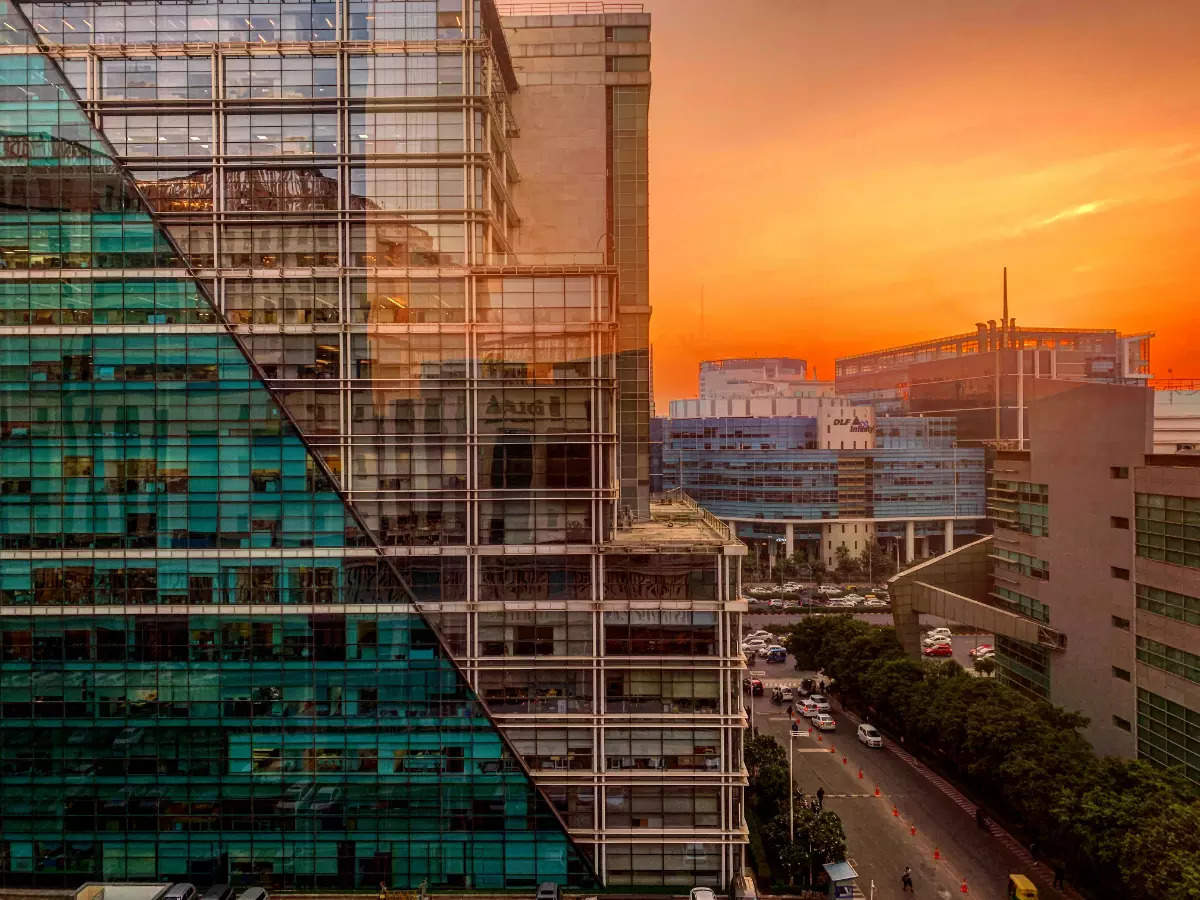The unanticipated rise of Global Capability Centres (GCCs) have made India a global hub for brainpower with no hoopla but to stunning effect earning both revenue and providing the world with STEM graduates. This has put paid to talk that globalisation is in retreat.
What has been India’s greatest economic achievement in 10 years of Narendra Modi’s leadership? My answer is, the unanticipated but phenomenal rise of Global Capability Centres (GCCs) of multinationals. These have made India a global hub for brainpower with no hoopla but to stunning effect.
According to a recent study by Wizmatic, a Pune-based consultant, GCCs now employ 3.2 million Indians, mostly engineers and scientists. They are estimated to generate a total revenue of $121 billion, of which $102 billion represents export earnings. That makes GCCs one of the biggest sectors in India, as well as saviours of the balance of payments.
In 2023-24, Indian exports of goods were $437 billion, and the trade gap in goods was a whopping $240 billion. But this was closed substantially by the trade surplus in services (to which GCCs contribute) of $162 billion. It saved our bacon.
Yet, paradoxically, this owes very little to government policies. It is an outcome of globalisation, of international forces that have driven technical jobs across the world to where the brains are.
The West does not produce remotely enough STEM (science, technology, engineering, mathematics) graduates to meet its needs. Apart from China, India is the only country in the world producing an estimated 2.3 million STEM graduates per year, of whom half a million are engineers. Once of spotty quality, MNC confidence in them has risen sharply.
A new Cold War has broken out, seriously affecting global trade in goods. But the rise of GCCs has not been affected.
Initially, GCCs were called offshore captives of MNCs. At that time, they performed simple tasks like call centre operations and back-office work. As India’s skills developed, GCCs moved up the value chain into business process operations and software for their parent companies. Now, they have moved up further to become global MNC hubs for R&D, design, and artificial intelligence.
They constitute a financial black box because they have no separate balance sheets. MNCs often want to downplay their Indian operations for fear of being accused of exporting jobs. IBM, for instance, stopped giving a country-wise break up of its employees when its India numbers looked embarrassingly high. Accenture, the world’s top consultancy company, said a few years ago that 3 lakh of its 7 lakh worldwide workforce was in India, a stunning ratio.
The first revelation of the meteoric rise of GCCs came in a 2021 Nasscom-Deloitte report. It said that between 2015 and 2020, GCC employment rose 75% to 1.3 million, and their number rose to more than 1,400. GCC revenues increased to $33.8 billion.
Moreover, GCCs provided many indirect benefits through maintenance, transport, suppliers and other linkages. Nasscom-Deloitte estimated that the gross output of all taken together was $99-103 billion in 2019-20, employment was 5.2 to 5.5 million, and taxes paid were $4-5 billion.
Top engineering MNCs now depend on India for brainpower. The report estimated at the time that no less than 42% of GCC staff were in engineering R&D. General Electric, Volkswagen, and Mercedes Benz were all using India for engineering R&D.

Engineering GCCs are now only a minor part of the story
But engineering is now only a minor part of the story. The MNC list has expanded to cover global retailers like Target and Tesco. Global pharma companies are notoriously worried about patents leaking out and have been slow to come in, but Roche is here.
From just in-house software, many GCCs went into producing Software as a Service (SaaS), a major revenue generator. But the most explosive growth has now been in AI. All top companies are now using India as a base for AI design and development.
Much is said about globalisation being on the retreat. A new Cold War has broken out, seriously affecting global trade in goods. But the rise of GCCs has not been affected. Globalisation of brainpower is proceeding apace.
The government will say it has facilitated GCCs. MNCs, however, still complain that India is a difficult place to do business. Indeed, the biggest govt initiative has been Atmanirbhar, meaning self-reliance. This, by definition, is the very opposite of globalisation. Atmanirbhar’s highlight has been production-linked incentives (PLIs) to kick-start international and domestic investment in 14 key sectors. However, so far, Apple is the only big company to have come in, though silicon fabrication plants are coming too. Only one billion of the $26 billion PLI budget has been disbursed so far.
The Deloitte Technology Trends 2024 report highlights the growth and global dominance of India’s GCCs, predicting that it will surpass $100 billion by 2030, fuelled by the emergence of approximately 2,500 more GCCs employing over 4.5m. No other economic achievement in the Modi era can compare with the dizzy rise of GCCs. Globalisation has proved more successful than self-reliance.
This article was originally published by The Times of India on May 25, 2024.


